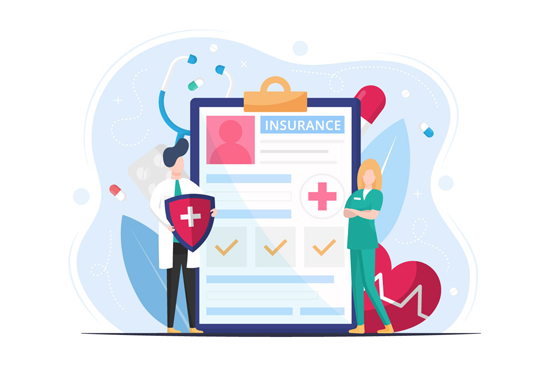
Overview
This SCORM-compliant course on Pulse Oximetry is designed to provide healthcare professionals, nurses, paramedics, and technicians with essential knowledge and hands-on skills for accurate oxygen saturation monitoring. It covers the fundamentals of pulse oximetry, the roles of hemoglobin and oxygen saturation, and the types and components of oximeters and SpO₂ sensors. Learners are guided through practical aspects such as proper usage, daily and weekly maintenance, cleaning, and basic troubleshooting.
The course includes interactive elements like quizzes and scenario-based checks to reinforce learning. It also outlines best practices (DOs and DON’Ts) to prevent errors and ensure patient safety. Emphasis is placed on user responsibility in device upkeep and accuracy. This course is especially beneficial for those involved in post-operative care, respiratory monitoring, and COVID-19 response, making it a valuable upskilling tool for frontline health workers in both clinical and home settings.

What You'll Gain
Understand the function and importance of pulse oximetry
-
Learn the concepts of oxygen saturation and hemoglobin
-
Identify types of oximeters and SpO₂ sensors
-
Perform proper usage and positioning of pulse oximeters
-
Apply daily, weekly, and user maintenance protocols
-
Recognize common issues and troubleshooting steps
-
Follow best practices (DOs and DON’Ts) for effective and safe usage
-
Ensure device hygiene and calibration

Description
This SCORM-compliant module provides foundational and practical knowledge on pulse oximetry. Learners will understand how to use, maintain, and troubleshoot pulse oximeters effectively while interpreting SpO₂ readings accurately. Designed for health professionals and caregivers, the course blends clinical theory with operational instructions and safety practices, enabling learners to ensure reliable oxygen monitoring across healthcare settings.
Curriculum
Gain an overview of pulse oximetry, its importance, and what the course will cover. Understand how this non-invasive tool is essential in clinical and home settings. Introduction Pulse Oximeter Module Objectives
Learn the fundamentals of how pulse oximeters work, including the roles of hemoglobin and oxygen saturation in monitoring patient health. Pulse Oximetry Hemoglobin/Haemoglobin Oxygen Saturation
Explore the different designs and sensor types used in pulse oximeters. This section helps you identify the right device for various patient needs. Types of Oximeter – As per Design Types of SpO₂ Sensor
Master the step-by-step process of using a pulse oximeter and interpreting readings. Understand how to ensure accurate results through proper placement and usage. Using Pulse Oximeter Working of Pulse Oximeter DO’s of Using Oximeter DON’Ts of Using Oximeter
Understand daily, weekly, and user maintenance routines to prolong device life and ensure hygiene. Learn proper cleaning protocols and calibration checks. User Maintenance of Pulse Oximeter Weekly Maintenance Daily Maintenance Cleaning and Maintenance of Pulse Oximeter
Identify and resolve common issues in pulse oximeter functioning. Learn how to troubleshoot display errors, sensor faults, and reading inconsistencies. Troubleshooting a Pulse Oximeter
Recommended Courses
Discover the courses that are making a difference in healthcare.

Frequently
Asked Questions
This course is suitable for nursing professionals, paramedics, health technicians, home caregivers, and public health workers.
Yes, it starts with foundational concepts and gradually moves into advanced usage and maintenance topics.
The course can typically be completed in 1.5–2 hours depending on learner pace and engagement with assessments.
Yes, it is designed to be SCORM-compatible and accessible across devices including mobile, tablet, and desktop.
Yes, a certificate can be issued upon successful completion.
Unlike passive videos, this course includes interactive quizzes, real-life scenarios, and structured modules that support knowledge retention.











